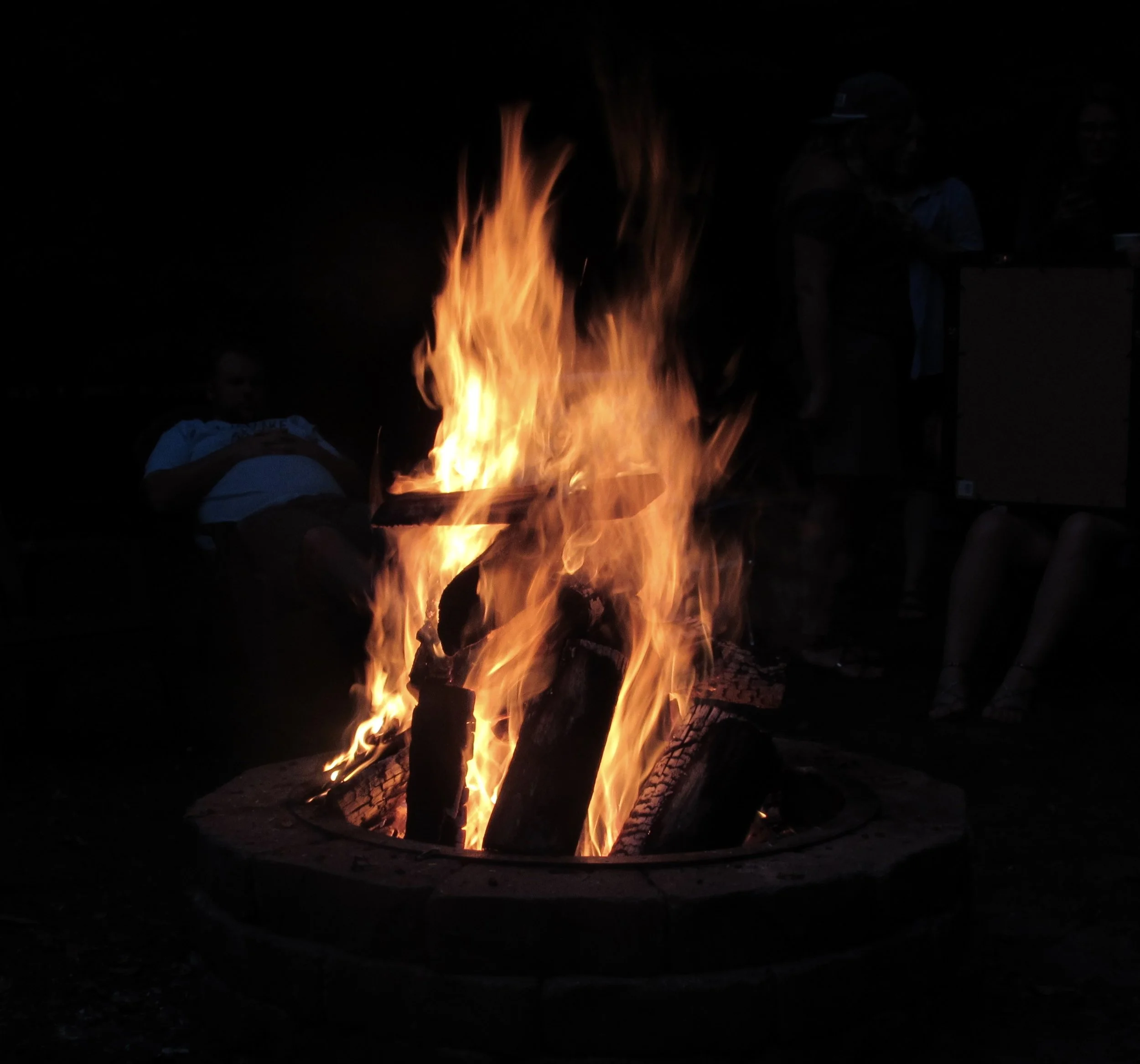What I'm Learning About Applying Social Media to Disaster Response
I’ve been researching applications of social media and social networking in local disaster response. Here are some of the things I’ve found.
1. Official adoption is slow
I saw something similar back in 2006 in my web 2.0 management survey while researching corporate adoption of “web 2.0” tools and techniques. Some of the corporate resistance I saw then was justified, some was unjustified, and some just seemed based on a lack of understanding.
As I look around at the various groups that are involved in disaster response and disaster management at the local, state, and national level, I see some of these adoption issues being repeated. A major question continues to be how — and whether — to integrate decentralized, user- and relationship-driven communications with hierarchical top-down communications that emphasizes standards.
To see an example of how challenging this integration will be, check out what the August 2007 draft of the Department of Homeland Security’s National Incident Response System (NIMS) says about “Internet/Web Procedures”:
e. Internet/Web Procedures
The Internet and other web−based tools can be assets for emergency management/response personnel and their affiliated organizations. These tools, for example, can be used as a mechanism to offer situational awareness during incidents to organizations and agencies involved in the incident and/or to the public, when appropriate. Procedures for the use of these tools during an incident should be established in order to leverage them as valuable communications system resources. Information posted or shared during an incident through these applications should follow planned and standardized methods and generally comport with the overall standards, procedures, and protocols.
Note that last sentence, “Information posted or shared during an incident through these applications should follow planned and standardized methods and generally comport with the overall standards, procedures, and protocols.”
I love standards as much as the next guy. But think about the prospects for controlling the vocabulary people use to refer to emergency or crisis events when the means of communicating about disaster situation are as decentralized as they are now with “citizen media” and “citizen journalism” being so popular. When the sky is falling is not the time to get into arguments about folksonomies vs. taxonomies! (Click the “disaster services” link on this page to see an example of an official taxonomy.)
2. Public adoption is fast
One difference between 2006 and now is that public adoption of social media and social networking tools has continued to advance. This has caused many corporate communicators to re-think their own strategies regarding social media adoption, especially regarding public and marketing-related communication.
It’s hard to tell whether the same is happening with the official groups who are responsible for emergency response. According to some estimates I’ve read, at least 90% of all public safety communications resources are managed at the state and local levels. This represents a lot of decentralization and a major challenge to interoperability.
Some groups such as the American Red Cross are using blogs and messaging based systems such as Twitter, and the head of Homeland Security is blogging. Nevertheless, actual integration of social media with command, control, and resource management systems is a ways off. (Let’s hold off for now on what is meant by “integration.”)
This lack of integration is understandable. We first need basic infrastructure and command and control systems in place in order to respond to disasters and emergencies. For an example of necessary attention to basic infrastructure, see the “Communications” Annex to the National Response Framework.
The danger of ignoring social media during the planning process, however, is that people already use such media during crises and have the potential for impacting their own rescue and recovery processes based on how the information they have influences their own decisions. The fact that some of these public systems rely on vulnerable networks and technologies (e.g., ad hoc web sites reporting crisis conditions via mashed up Google maps) is potentially unfortunate, but it’s a fact and we need to figure out how to deal with.
My suggestion: we need to strategise ways to use social media and social networking systems to involve people in appropriate ways with disaster recovery processes. People whose homes have been destroyed or whose relatives are lost or displaced aren’t just passive victims who wait till the authorities arrive. They will be taking action and communicating with others in the process. We need to figure out effective and efficient ways to bridge the gap between official first responder systems (which emphasize interoperability) and the systems people “jury rig” on their own during a crisis.
This will take planning. It also requires recognition that any effective integration of official public safety communication systems with citizen controlled social media and social networking systems will be less a technology challenge and more a policy, management, and cultural challenge.
3. Communication technology infrastructure is an issue
Every time a natural disaster occurs we see and hear reports of telephone and wireless networks going down. For somethis as a basis for arguing against too much reliance on public communications systems during disasters. Others see potential roles for specialized — and bandwidth-sparse — cellphone based text messaging systems such as Twitter.
Obviously cellphone and Internet based services are vulnerable. In an increasingly network-dependent world, though, we need to learn how to deal with situations where portions of that public network go down.
Different developments are occurring that are relevant to this issue. First, “user resilience” in public systems may be evolving. Young people especially are accustomed to switching rapidly among different systems — voice cell phone, text messaging, instant messaging, social network based messaging, individual blogging, etc. Video and audio based approaches using these same channels are also evolving rapidly as well. Remember the cellphone based video broadcast during the Virginia Tech massacre?
One observation: the increasing variety of wireless and Internet based communication technologies and channels may be exposing vulnerabilities and at the same time providing both the public and responders opportunities to “work around” communication-related problems caused by disasters and emergencies.
Whichever view you hold, it seems a practical response by the authorities in disaster communications planning should be, at minimum, to be able to (1) monitor such channels in the event of a disaster and (2) use them where appropriate to communicate with affected populations.
4. During an emergency, how independent do local information resources and systems need to be?
An alternate approach to using networked computers and remotely accessed systems in crises is evolving as well. That is to create dedicated software applications that can be used locally to support multiple disaster related functions while still being able to operate effectively with degraded networking. Sahana is such a system:
Sahana is a Free and Open Source Disaster Management system. It is a web based collaboration tool that addresses the common coordination problems during a disaster from finding missing people, managing aid, managing volunteers, tracking camps effectively between Government groups, the civil society (NGOs) and the victims themselves.
There are a variety of groups around the world that are actively discussing the ongoing development of Sahana. These provide windows into the thinking of developers and users. One is a Yahoo! group called Humanitarian-ICT where the ongoing discussions are most informative.
I recently engaged there in a discussion of how systems like Sahana can support access to lists of qualified experts. This question raised the typical questions that arise whenever expertise management systems are discussed (trust, reliability, availability, verified competence, etc.).
A key issue is what happens when the network goes down and the only resources for computer access are local. It’s discussions like that one that made me realize that one can view a disaster situation as one that reduces even a developed country’s local resources and infrastructure to the level of a developing country.
5. How complex and sophisticated should information systems used in emergency efforts be?
As noted above, Twitter is attracting attention for its potential role in emergency communications. As discussed in Text Messaging to Check Counterfeit Drug Status, there are those such as the organization MobileActive.org that actively promote cellphones and text messaging — not computers — as important tools in promoting social causes.
MobileActive’s argument is powerful: cellphones and text messaging are more prevalent — and cheaper — than increasingly complex and expensive computer systems. In developing countries this is an especially important factor to consider when evolving plans for disaster response. Plus, cellphones and text messaging features can be developed to enable cellphone users to interact in sophisticated ways with sophisticated remote systems.
It will also be interesting to see how effective the One Laptop Per Child effort will be in generating demand for low cost but sophisticated computer networking features such as those facilitated by the OLPC’s mesh networking architecture.
6. And what about Google?
Then there’s Google. Consider how yet-to-be-proven capabilities provided by OpenSocial, Android, and Google Gears might evolve:
- OpenSocial holds the potential for freeing social networking features from “walled garden” systems such as Facebook.
- Android might provide an open platform for developing cheaper Internet-capable phones.
- Gears provides a mechanism for taking advantage of web-based functionality even when a network connection isn’t available.
If features and functions like these really proliferate — via Google or some other vendor — it might actually be possible someday that disaster teams — and disaster victims — can expect to have powerful communication and networking functions available from relatively cheap devices that automatically hunt for and locate network access and replicated data stores and applications.
7. Conclusions
What surprises me most about such scenarios is that I don’t think they’re science fiction.
But they’re not here yet and we need to take into account how people are using their cellphones and computers today to communicate when disaster strikes.




